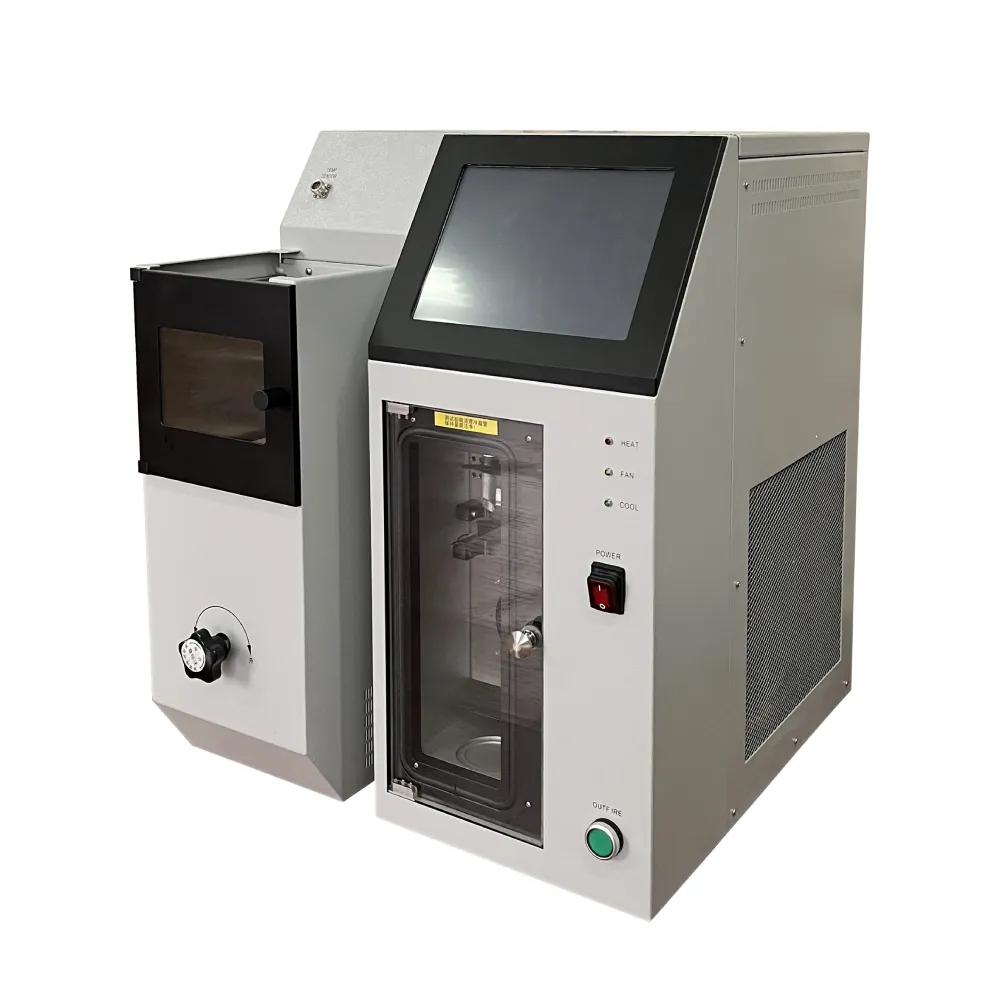 English
English



-
 Afrikaans
Afrikaans -
 Albanian
Albanian -
 Amharic
Amharic -
 Arabic
Arabic -
 Armenian
Armenian -
 Azerbaijani
Azerbaijani -
 Basque
Basque -
 Belarusian
Belarusian -
 Bengali
Bengali -
 Bosnian
Bosnian -
 Bulgarian
Bulgarian -
 Catalan
Catalan -
 Cebuano
Cebuano -
 China
China -
 China (Taiwan)
China (Taiwan) -
 Corsican
Corsican -
 Croatian
Croatian -
 Czech
Czech -
 Danish
Danish -
 Dutch
Dutch -
 English
English -
 Esperanto
Esperanto -
 Estonian
Estonian -
 Finnish
Finnish -
 French
French -
 Frisian
Frisian -
 Galician
Galician -
 Georgian
Georgian -
 German
German -
 Greek
Greek -
 Gujarati
Gujarati -
 Haitian Creole
Haitian Creole -
 hausa
hausa -
 hawaiian
hawaiian -
 Hebrew
Hebrew -
 Hindi
Hindi -
 Miao
Miao -
 Hungarian
Hungarian -
 Icelandic
Icelandic -
 igbo
igbo -
 Indonesian
Indonesian -
 irish
irish -
 Italian
Italian -
 Japanese
Japanese -
 Javanese
Javanese -
 Kannada
Kannada -
 kazakh
kazakh -
 Khmer
Khmer -
 Rwandese
Rwandese -
 Korean
Korean -
 Kurdish
Kurdish -
 Kyrgyz
Kyrgyz -
 Lao
Lao -
 Latin
Latin -
 Latvian
Latvian -
 Lithuanian
Lithuanian -
 Luxembourgish
Luxembourgish -
 Macedonian
Macedonian -
 Malgashi
Malgashi -
 Malay
Malay -
 Malayalam
Malayalam -
 Maltese
Maltese -
 Maori
Maori -
 Marathi
Marathi -
 Mongolian
Mongolian -
 Myanmar
Myanmar -
 Nepali
Nepali -
 Norwegian
Norwegian -
 Norwegian
Norwegian -
 Occitan
Occitan -
 Pashto
Pashto -
 Persian
Persian -
 Polish
Polish -
 Portuguese
Portuguese -
 Punjabi
Punjabi -
 Romanian
Romanian -
 Russian
Russian -
 Samoan
Samoan -
 Scottish Gaelic
Scottish Gaelic -
 Serbian
Serbian -
 Sesotho
Sesotho -
 Shona
Shona -
 Sindhi
Sindhi -
 Sinhala
Sinhala -
 Slovak
Slovak -
 Slovenian
Slovenian -
 Somali
Somali -
 Spanish
Spanish -
 Sundanese
Sundanese -
 Swahili
Swahili -
 Swedish
Swedish -
 Tagalog
Tagalog -
 Tajik
Tajik -
 Tamil
Tamil -
 Tatar
Tatar -
 Telugu
Telugu -
 Thai
Thai -
 Turkish
Turkish -
 Turkmen
Turkmen -
 Ukrainian
Ukrainian -
 Urdu
Urdu -
 Uighur
Uighur -
 Uzbek
Uzbek -
 Vietnamese
Vietnamese -
 Welsh
Welsh -
 Bantu
Bantu -
 Yiddish
Yiddish -
 Yoruba
Yoruba -
 Zulu
Zulu
transformer ct testing
Understanding Transformer CT Testing A Critical Component of Electrical Infrastructure Maintenance
Transformers are integral components of electrical power systems, enabling efficient voltage regulation and power distribution. One of the key instruments used in assessing the performance and reliability of transformers is the Current Transformer (CT). Transformer CT testing plays a crucial role in ensuring that these devices operate correctly and safely, minimizing the risk of system failures and enhancing the overall reliability of electrical networks.
What is a Current Transformer?
Current transformers (CTs) are devices used to step down high currents to a manageable level for measurement and protection purposes. They operate on the principle of electromagnetic induction and provide accurate current readings, which are essential for monitoring electrical systems. CTs are widely used in various applications, including protection schemes in power grids, where they help trigger circuit breakers during fault conditions, thereby preventing equipment damage and ensuring safety.
Importance of CT Testing
Regular testing of Current Transformers is vital for several reasons
1. Accuracy Verification Over time, CTs may experience degradation due to environmental factors, mechanical stress, or electrical overloads. Testing helps in verifying if the current transformation ratio remains within acceptable limits. This ensures accurate measurements, which are crucial for both billing and protection.
2. Safety Electrical systems can be hazardous, and faulty transformers can pose significant risks to personnel and infrastructure. By conducting regular CT testing, potential issues can be identified and rectified before they lead to catastrophic failures or accidents.
3. Maintenance Planning Through CT testing, organizations can develop predictive maintenance strategies. By understanding the condition of their transformers, they can plan maintenance activities more effectively, reducing downtime and saving costs.
transformer ct testing

4. Regulatory Compliance Many industries operate under strict regulatory frameworks that mandate regular testing and maintenance of electrical equipment. Adhering to CT testing protocols helps organizations remain compliant with these regulations, thereby avoiding potential legal issues and penalties.
Types of CT Testing
There are various types of tests commonly performed on Current Transformers
1. Ratio Testing This fundamental test verifies the transformation ratio of the CT. By comparing the primary current to the secondary current, technicians can confirm that the CT is functioning properly.
2. Insulation Resistance Testing This test evaluates the quality of the insulation within the CT. A drop in insulation resistance can indicate deterioration or potential failure, prompting further examination.
3. Phase Displacement Testing This test assesses the phase angle difference between the primary and secondary currents. Proper phase alignment is critical for the accurate functioning of protective relays.
4. Burden Testing This ensures that the CT can effectively handle the load placed on it while maintaining accuracy. It is essential for confirming that the CT is correctly matched to the system it supports.
Conclusion
Transformer CT testing is an indispensable aspect of electrical infrastructure maintenance. By ensuring the accuracy and reliability of Current Transformers, organizations can safeguard their electrical systems against failures and inefficiencies. As the demand for electricity continues to grow and systems become more complex, the importance of regular and thorough CT testing cannot be overstated. By investing in proper testing and maintenance protocols, utility companies and industrial operators can enhance operational safety and efficiency, ultimately leading to a more stable and resilient power distribution network. Consequently, organizations should prioritize CT testing as a key component of their asset management strategy, securing a reliable power supply for the future.
-
Using Distillation Range Testers in the Food and Beverage IndustryNewsApr.16,2025
-
The Impact of IoT on Distillation Range Tester PerformanceNewsApr.16,2025
-
The Best Distillation Range Testers for Extreme ConditionsNewsApr.16,2025
-
How Distillation Range Testers Save Time and MoneyNewsApr.16,2025
-
Distillation Devices for Advanced Separation TechniquesNewsApr.16,2025
-
Common Mistakes to Avoid When Using a Distillation Range TesterNewsApr.16,2025



